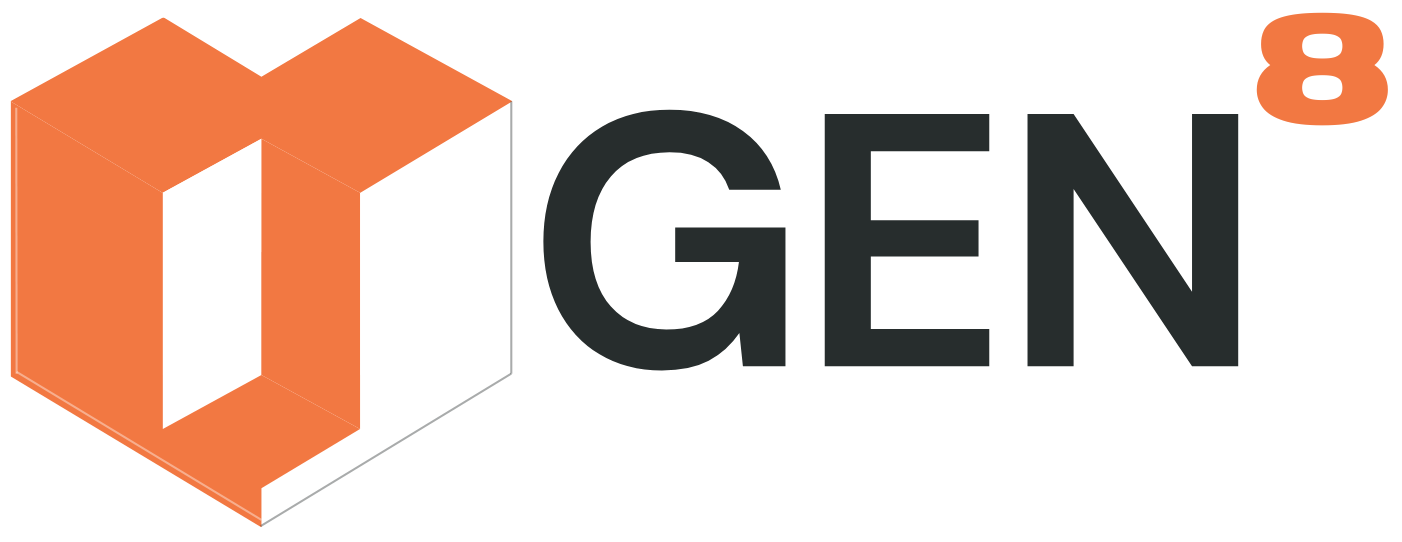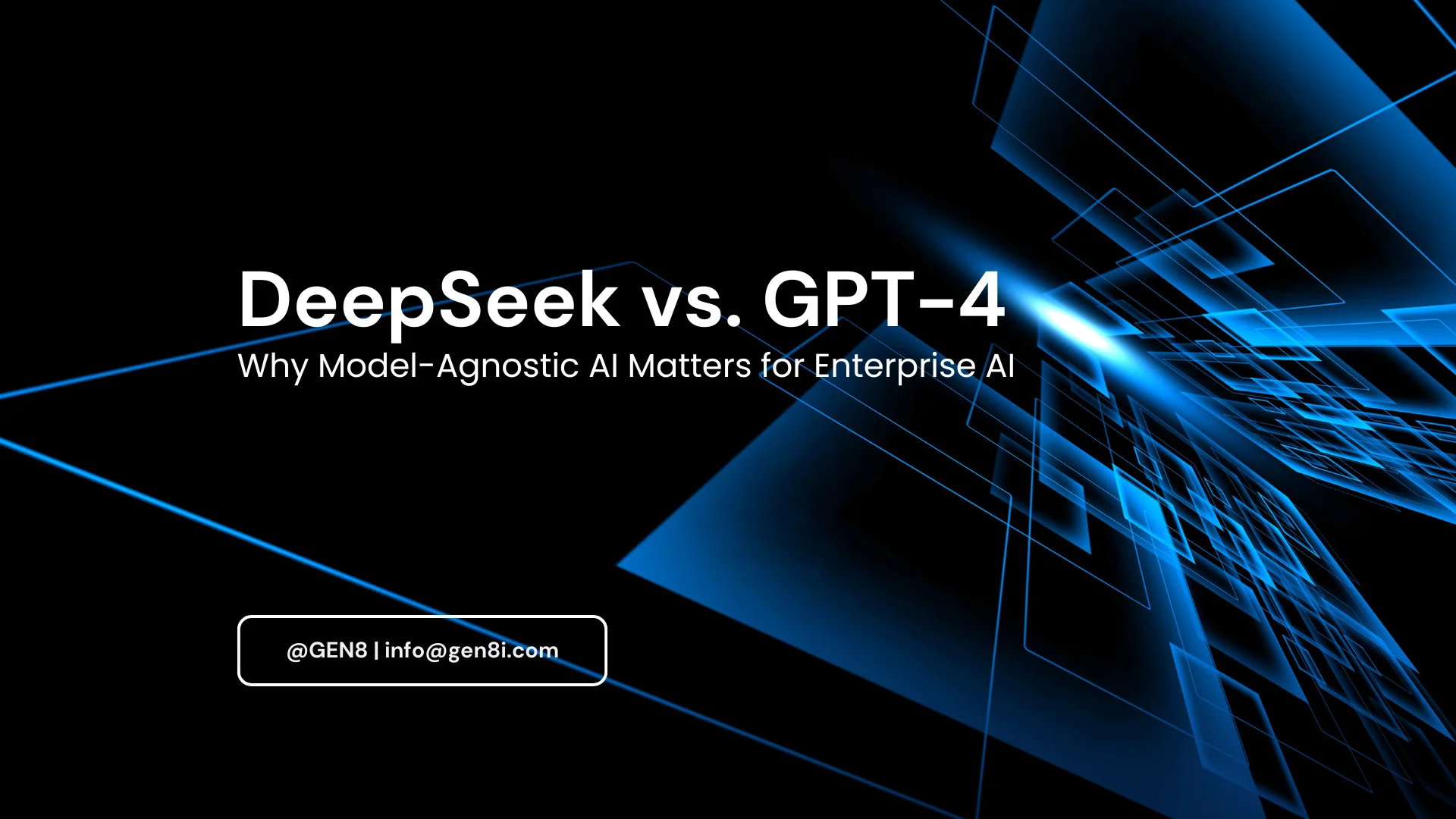The emergence of DeepSeek signals an important change in AI adoption, where enterprises have to focus on integrating multiple models rather than relying solely on one. As AI evolves, businesses must adopt a model-agnostic approach – one that ensures flexibility, adaptability, and optimization across multiple AI models.
Whether you’re building AI agents, automation workflows, or Retrieval-Augmented Generation (RAG) architectures, relying on a single AI model can limit scalability and innovation. The future of AI is orchestration, where enterprises strategically integrate and switch between models like DeepSeek R1, GPT-4, and other leading LLMs.
DeepSeek vs. GPT-4: A Side-by-Side Enterprise AI Test
To showcase DeepSeek’s potential, we ran a comparison between DeepSeek R1 and GPT-4, testing both models across enterprise AI applications.
| Feature | DeepSeek R1 | GPT-4 |
| Model Type | Open-source, efficient | Proprietary, API-based |
| Reasoning & Accuracy | Strong in structured logic | Strong in natural language tasks |
| Fine-Tuning | Customizable for enterprise needs | Limited fine-tuning |
| Deployment | Self-hosted & cloud-compatible | API-based, OpenAI cloud |
| Cost & Efficiency | Lower cost for large-scale use | Higher API costs |
Why Model-Agnostic AI is the Future
The AI landscape is evolving rapidly, with organizations like OpenAI, Anthropic, Mistral, and DeepSeek continuously improving their models. Each model has its strengths, some excel in complex reasoning, others in contextual understanding, and some are optimized for cost-effective AI deployments.
Relying on one AI model can create bottlenecks, scalability challenges, and higher costs. Instead, enterprises should adopt a model-agnostic strategy, allowing them to:
✅ Leverage Model Diversity – Select the best AI for automation, decision intelligence, or content generation.
✅ Future-Proof AI Workflows – Swap or integrate new AI models without re-architecting existing solutions.
✅ Optimize AI Costs – Dynamically route tasks to models offering the best cost-to-performance ratio.
✅ Ensure Business Continuity – Reduce dependency on a single provider, minimizing risks of downtime, API restrictions, or sudden price hikes.
✅ Enhance AI Governance & Compliance – Maintain control over data privacy, security, and ethical AI usage by selecting models that align with regulatory requirements.
How to Implement Model-Agnostic AI
1. AI Orchestration with GEN8
A model-agnostic AI strategy requires an orchestration framework that enables enterprises to seamlessly switch between AI models based on the task.
Platforms like GEN8 provide:
- AI Agentic Workflows – Combine multiple models for multi-step reasoning and enterprise automation.
- Seamless Model Switching – Deploy DeepSeek, GPT-4, Claude, or Mistral based on specific use cases.
- Real-Time Performance Optimization – Track AI model efficiency and automate routing decisions.
2. DeepSeek Integration via Haystack
For enterprises looking to test DeepSeek R1, tools like Haystack, an open-source NLP framework, make it easy to integrate and experiment with different models.
🔗 External Resource: Learn more about Haystack
3. Enterprise Use Cases for DeepSeek
Industries with high-volume data processing needs can benefit from DeepSeek’s self-hosting and fine-tuning capabilities. Key applications include:
- Automated Decision Intelligence – AI-driven analytics and insights.
- Custom AI Chatbots – High-accuracy conversational AI for customer support.
- Data-Driven AI Workflows – Automating document processing, finance, and legal tasks.
Final Thoughts: AI Orchestration is the Key to Scalable AI
DeepSeek’s rise highlights why enterprises should not depend on a single AI model. Instead of choosing between DeepSeek and GPT- 4, the real advantage comes from orchestrating multiple models to build smarter, more adaptable AI systems.
🚀 Want to explore AI orchestration for your enterprise? Connect with us at info@gen8i.com

